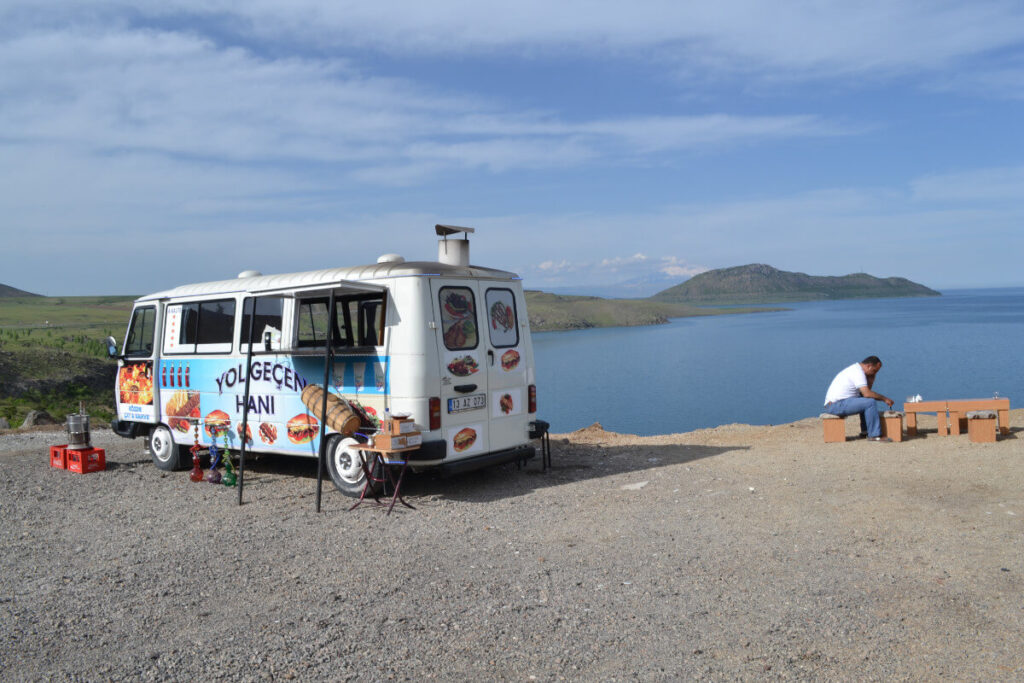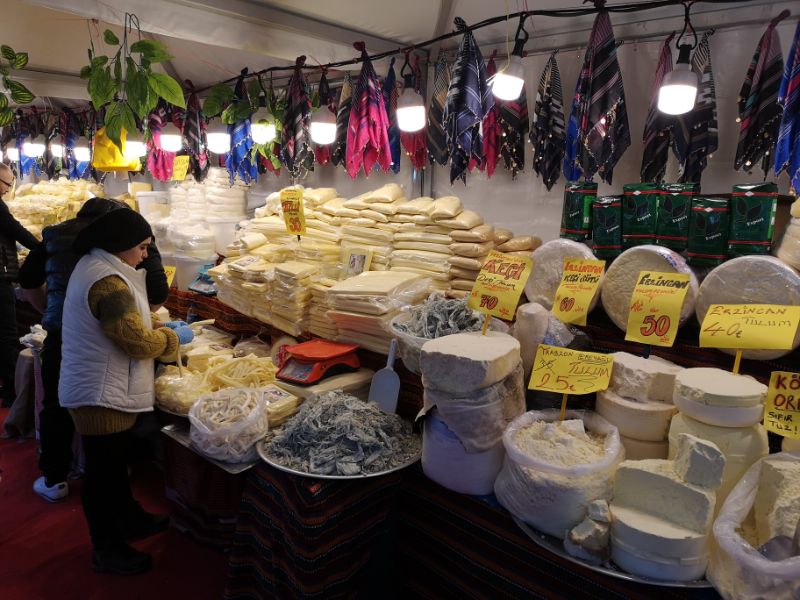Yummy, scrummy, mouth-watering are a just a few adjectives to describe Turkish food. Fully-loaded plates with aromatic ingredients and taste bud popping experiences.
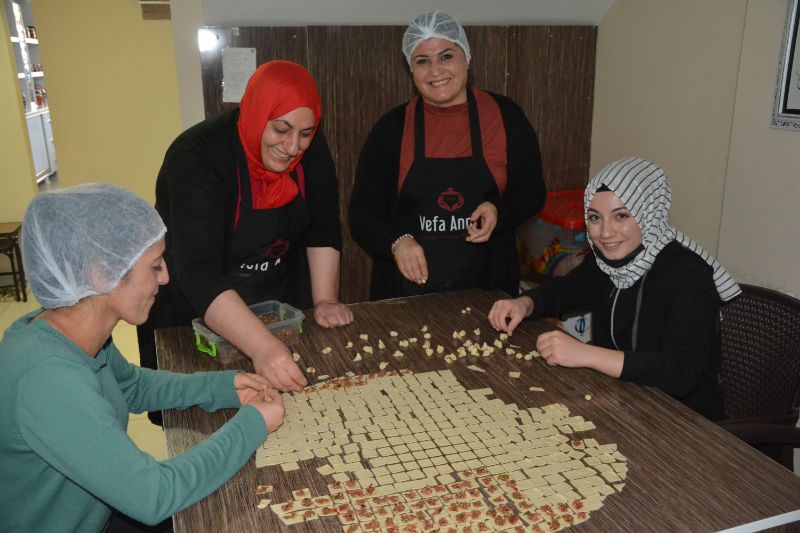
A Culinary Journey Along the Silk Roads of Anatolia
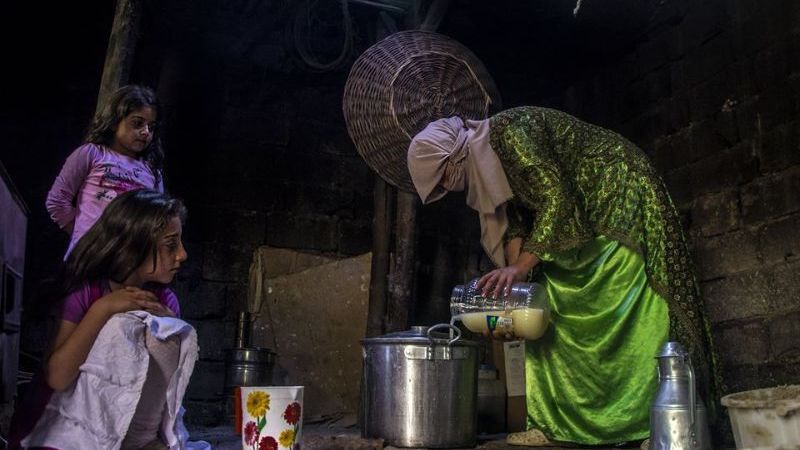
In the great cities of the world, fashionable chefs vie to produce innovative dishes for jaded pallets. The result has not only been the proliferation of ethnic restaurants in most major cities around the world, but the attempt to take it all a step further by combining elements from different culinary traditions. The product of this blending of traditions has been called fusion cooking. But here in Turkey, we have been doing it for centuries. Fusion in Turkey is no contrivance, it is the kind of blend that only happens naturally, through time. Anatolia has been the heart of Empires since ancient times; it has been an artery for trade and the cross roads of cultures for 12,000 years. More than that, the heart of this journey is the very place where agriculture was born. Yes, we really have been doing it for that long…..
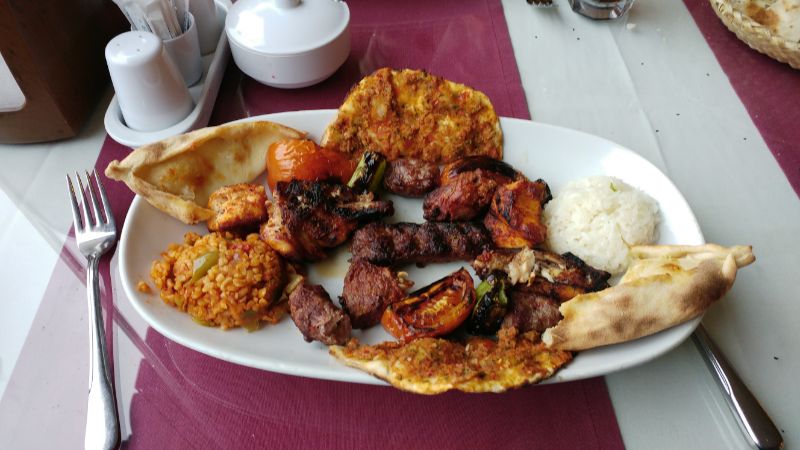
Get a Taste for your Trip. Article continues below…
This section of the tour circumnavigates the Karaca Dag region which is the area from which the very first domesticated wheat originates and is the cradle of our modern world. From Mardin, we progress across the Tigris to Tatvan on the western shore of Lake Van and then to Van, once the capital of the Empire of Urartu. After Van, we head north across the Tendurek shield volcano to traverse the foothills of Mt. Ararat to Kars for a finishing cultural extravaganza. Each region has distinct culinary traditions, all of which contribute to the unique flavour and blend of the Turkish Kitchen.
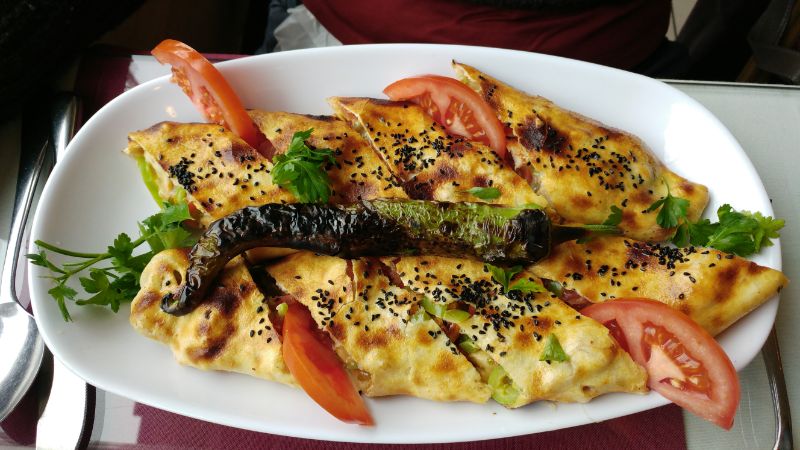
In the course of our journey you will experience the foundations and the complexities of the culinary environment of Anatolia and while you will see and taste things you won`t be able to reproduce at home, we can guarantee that you will be able to take away with you practical and applicable ideas that will make your dinner table the talk of your social circle.
There are three distinct regions on this tour that most travellers rarely see.
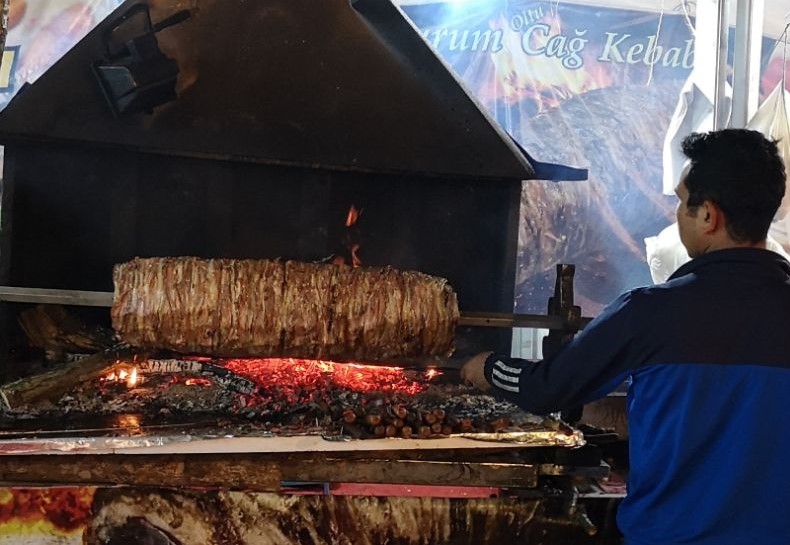
We will not restrict ourselves to any particular restaurants or food districts but our choices will change based on who’s hot and who’s not.
South East Region: Gaziantep, Sanliurfa, Diyarbakir and Mardin
The cities of this region have been home to some of the oldest civilizations in the world. This ancient heritage and the astonishing fertility of the land has both attracted civilisations and been the basis for their growth, prosperity and sophistication. The diversity and variety of produce available due to its geographical position mean the region has developed a unique cuisine with its own distinctive flavours which are much imitated but rarely matched. The region is famous for its pistachios, growing here as wild trees since prehistoric times and for the delicious, sweet baklava that the area is famous for.
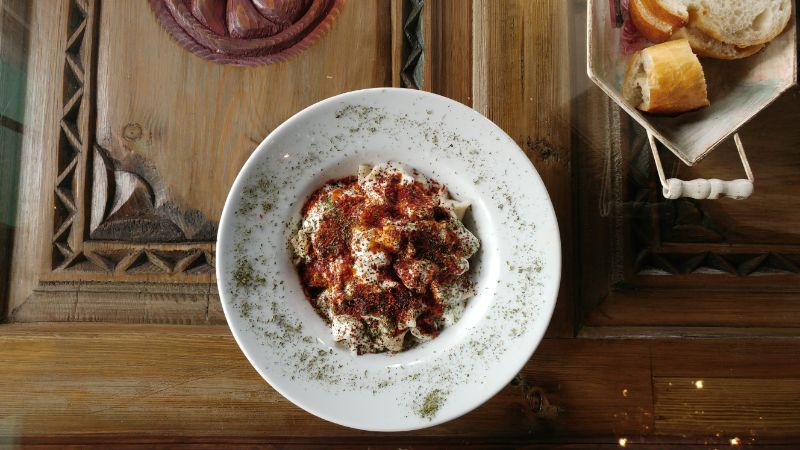
The Eastern Region: Tatvan, Van and Dogubeyazit.
This eastern part of Anatolia is dominated by mountains and the beautiful Lake Van. The first city is Tatvan lying at the base of Nemrut Caldera and the western shore of Lake Van, it still retains the bustling, exotic excitement of a frontier town. As a highland area, the landscape is elemental, winters harsh and summers short, but the food is outstanding from succulent meat – mostly lamb – to fabulous dairy products and, above all, the honey, produced by itinerant bee keepers who set their hives up in mountain pastures and valleys in early Spring. One of the many highlights of the Van region is the simply awesome Van breakfast. In a country where breakfasts set a very high benchmark, the Van breakfast is in a league of its own. Downtown Van even has a Breakfast Street so the competition to serve the best is fierce. The northern part of the region is dominated by Tendurek Shield Volcano and Mt. Ararat.
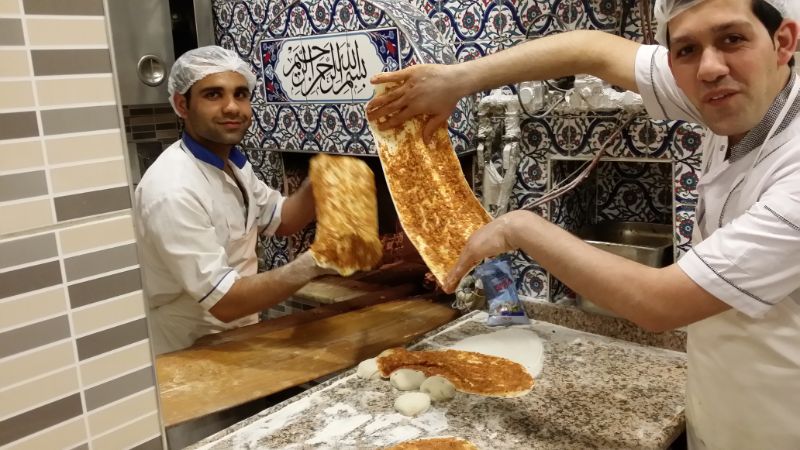
The North East Region: Kars
Kars, to the north of Ararat has a Steppe like appearance and in the winter, blasted by winds from the Caucasus, is bone chillingly cold, an environment that has produced a culinary tradition of hearty soups and stews along with a very different style of kebab. The cultural mix has infused Kars cookery with a very different flavour with influences from a period of Russian occupation in the latter part of the 19th century along with Caucasian refugees produced by Russian Imperial expansion in the 1860’s. The economy is heavily based on livestock and dairy production and Kars is rightly famous for its cheeses and honey. Goose features on the menu along with Piti, Kars’ own take on the kebab…. this is beef and chickpea slow cooked and served in a rich broth with a thin pastry and served with the heavenly local yoghurt.
We’ll meet chefs and street food vendors, housewives and market traders, cheese makers and bee keepers and if this wasn’t enough, all along the route of Anatolia’s Silk Road, we will try to take your minds off the food – from time to time anyway – with visits to some of Turkey’s most iconic cultural and historical sites and sights.
